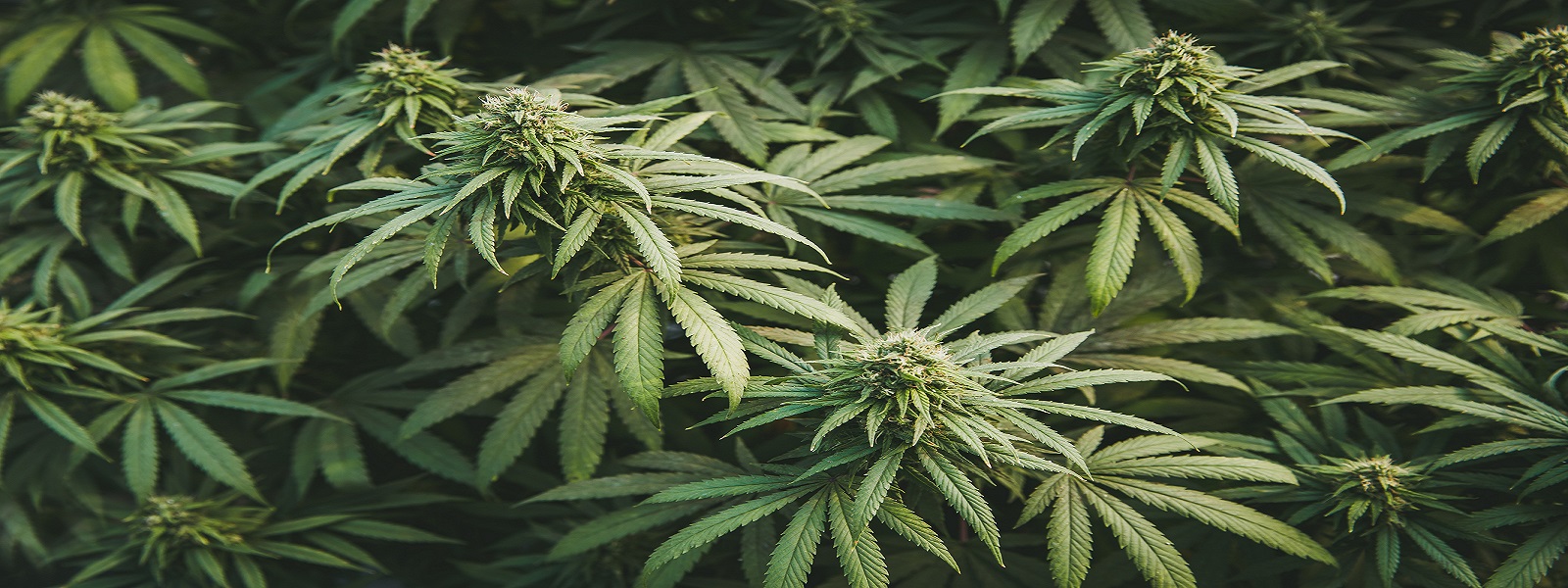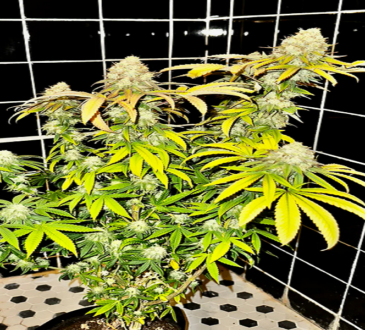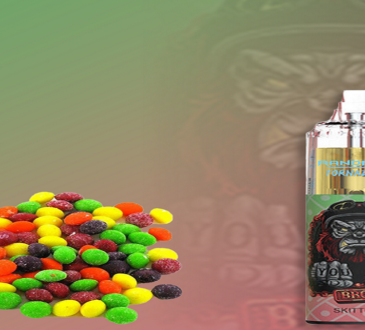Combatting Cannabis Mold: A Guide to Identification and Removal
 It is every grower’s nightmare to successfully germinate your seeds and watch them thrive, simply to find that your cannabis plant is covered in mold spores. This damaging pathogenic fungus, also called ‘bud rot’ or ‘Botrytis’, can create significant damage to a plant’s origins, stems, leaves, and buds. The worst scenario is, cannabis mold can destroy your whole crop in a matter of time.
It is every grower’s nightmare to successfully germinate your seeds and watch them thrive, simply to find that your cannabis plant is covered in mold spores. This damaging pathogenic fungus, also called ‘bud rot’ or ‘Botrytis’, can create significant damage to a plant’s origins, stems, leaves, and buds. The worst scenario is, cannabis mold can destroy your whole crop in a matter of time.
The growth of mold on weed plant may occur outdoors after heavy rainfall or indoors as a result of improper humidity levels, specifically when weeds are huge and heavy toward completion of the flowering phase.
It is important to understand and deal with mold as soon as possible. Besides tasting poorly and coughing excessively, smoking moldy weed can cause queasiness and also cause vomiting. Besides the fact that no one appreciates musty weed, medical weed patients have to be more careful, as mold could seriously counteract the exact purpose you need it for.
What Does Mold Seem Like on Weed Plants?
Discovering how to effectively identify mold on marijuana plants is crucial, as it can take on many different types. Mold can be white, black, brownish, or gray, but some common features consist of:
White, powdery substance on the leaves, contains, and weeds of the plant. This is a type of mold-contacted powdery mildew, and it can spread rapidly if left untreated.
Black or Brownish spots on the leaves and buds of the plants. These spots could be slimy or dry and crusty, and they are often a sign of a more major form of mold referred to as botrytis.
Gray or greenish-gray growth on the soil or the base of the plant. This is usually a type of mold called origin rot, and it may kill the plant if it disperses too far.
How to Get Rid of Mold on Weed Plants?
Despite your best efforts, you discovered you have moldy marijuana plants. Do not freak out! If you act quickly, you can still prevent it from dispersing. Feel free to be advised that each sort of mold might demand a somewhat varied method. Therefore just how do you get rid of mold?
- Defoliation is one way. If your plants are big and leafy, you may need to take out some leaves. If the lesser component of your grow area isn’t getting any type of (sun)lighting, the probabilities are that neither are your plants. Ensure to also remove dead plant waste. Having less fertile concern in the space will assist in decreasing humidity. Over-defoliating your plant, however, may drastically lower your returns. So solely use this technique if your plant is extremely bushy.
- Remove any affected portion of the plant. If the mold is limited to a few fallen leaves or buds, you may try to cut them and remove them. This can help in preventing mold from infecting other parts of the plant.
- Humidity control is essential! In other words, keep the plant dry. Water the plant only when essential, and avoid over-watering. Also, ensure to sprinkle the plant at the base, as opposed to from above, to prevent humidity from accumulating on the leaves and buds.
- There are various herbicides accessible that are particularly developed to kill mold. Before using a herbicide, read the guidelines on the tag, and ensure it uses preventive gear, like gloves and a face mask.
Conclusion
The presence of mold on marijuana plant can be a grower’s worst nightmare, potentially ruining an entire crop that you’ve nurtured from seedlings to maturity. This destructive pathogenic fungus, known as ‘bud rot’ or ‘Botrytis,’ can wreak havoc on your cannabis plants, compromising their roots, stems, leaves, and precious buds.
For those looking to prevent mold issues altogether, there are mold-resistant cannabis strains designed to withstand adverse conditions. Whether you’re a seasoned grower or a beginner, MoldOnWeed.com offers a wealth of information, product recommendations, and expert advice to help you combat and prevent mold on your cannabis plants effectively.





